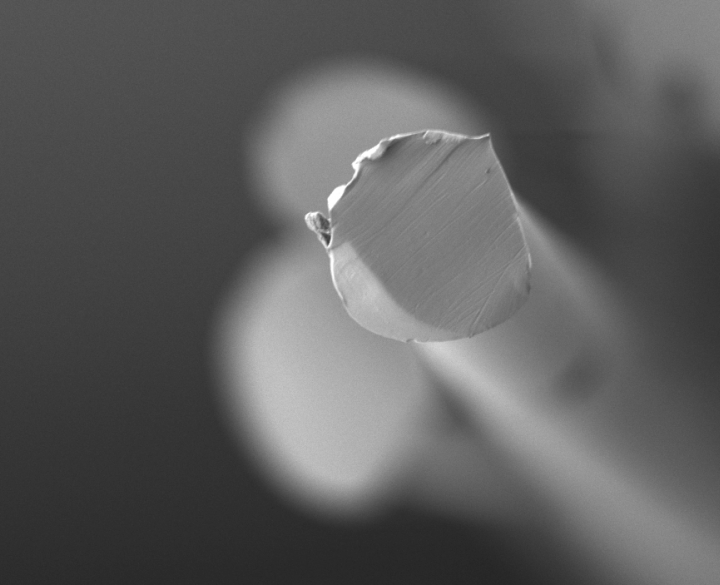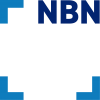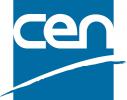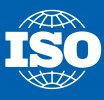Rol van normen in de productie van veilige mondmaskers
Wat zijn normen?
Volgens het Belgische Bureau voor Normalisatie, NBN, is een norm een afspraak over een product, een dienst of een proces. Normen weerspiegelen goed vakmanschap in de industrie, de dienstensector en de overheid.
BSI, het Britse Normalisatie-instituut beschrijft normen als:
Standards are the distilled wisdom of people with expertise in their subject matter and who know the needs of the organizations they represent – people such as manufacturers, sellers, buyers, customers, trade associations, users or regulators.
Standards are knowledge. They are powerful tools that can help drive innovation and increase productivity. They can make organizations more successful and people’s everyday lives easier, safer and healthier.
Ontdek het NBN-normplatform
Wie maakt normen?
Normalisatie is het proces om te komen tot een norm. Belanghebbende partijen maken afspraken over de specifieke kenmerken van een product, dienst of proces. Normalisatie vindt plaats in commissies met vertegenwoordigers van alle belanghebbenden. Dit gebeurt in consensus waarbij alle deelnemers een evenwaardige stem hebben.
Normen worden vooral ontwikkeld in internationaal verband. Het Bureau voor Normalisatie (NBN) neemt voor België deel aan het internationale normalisatieproces, zowel op Europees als op wereldvlak. De Belgische experten die het NBN coördineert en afvaardigt, werken actief mee, delen hun kennis en ontwikkelen een norm in een Technische Commissie (TC).
Hoe kunt u een rol spelen in de ontwikkeling van normen?
Deelname in normalisatie-activiteiten resulteert in enkele voordelen
- als eerste op de hoogte zijn van toekomstige ontwikkelingen en trends. Dit versterkt de concurrentiepositie van bedrijven.
- invloed uitoefenen tijdens het normontwikkelingsproces. Hierdoor kan een bedrijf zijn investeringen in producten en onderzoek en ontwikkeling beschermen.
- maatschappelijke actoren kunnen de bescherming van het milieu of de consument onder de aandacht brengen.
- een netwerk uitbouwen. Normalisatiecommissies zijn de ideale ontmoetingsplaats om nieuwe contacten te leggen en ideeën uit te wisselen.
- kennisopbouw en -uitwisseling. deelnemers aan normalisatiecommissies zijn internationale experten en bezitten veel inhoudelijke kennis. Door zelf deel te nemen aan een commissie kan je veel kennis uit eerste hand opdoen.
De normenantennes van Centexbel
Met de normenantennes wil de FOD Economie, KMO, Middenstand en Energie de KMO's beter informeren over de rol die normen ook in hun bedrijf kunnen spelen en hen sensibiliseren rond het gebruik van normen.
Het belang van sectorale operatoren
De sectorale operatoren beheren normalisatiecommissies. Ze vormen de verbinding tussen de experts binnen die commissies enerzijds en het NBN anderzijds. Daarnaast zorgen zij ervoor dat alle belanghebbenden kunnen deelnemen aan het normalisatieproces.
Sectorale operatoren bezitten deskundigheid binnen hun sector en staan zeer dicht bij de bedrijfswereld. Steunend op een netwerk van experten, verspreiden zij alle nuttige informatie over het normalisatiewerk in hun domein. Ze zijn essentiële partners voor het NBN.
Welke normalisatiecommissies volgen wij op?
Sectorale operator voor de textielindustrie
Centexbel is erkend door de Raad van Bestuur van het NBN als sectorale operator en is daardoor verantwoordelijk voor de administratieve en technische opvolging van verschillende textiel-gerelateerde normencommissies. Dit betekent dat wij optreden uit naam van het Bureau voor Normalisatie in de volgende ISO en CEN commissies en sub-commissies:
- CENTEXBEL/B Circular Economy & Sustainability for textile & plastics products: provides an overview over the activities of different CEN and ISO TC’s, SC’s and WG’s covering the topic Circular Economy & Sustainability for textile & plastics products
- CENTEXBEL/B Pandemic Respiratory Masks: established for developing NBN DTD S 65-001:2020 Community and Artisanal Masks - Guide to minimum requirements, assembly, maintenance and use
- CENTEXBEL/E CWA Community face coverings: Mirroring the CEN workshop Response to Covid-19 - Community face coverings (masks)
- CENTEXBEL/E099 Wallcoverings: Mirroring CEN TC99
- CENTEXBEL/E134 Resilient, textile, laminate and modular mechanical locked floor coverings: Mirroring CEN TC134 and ISO TC219
- CENTEXBEL/E189 Geosynthetics: Mirroring CEN TC189 and ISO TC221
- E217 Surfaces for sports areas: CEN/TC 217
- E248 Textiles and Textile products: CEN/TC 248 & ISO/TC 38, including
- ISO/TC 38 SC 1
- ISO/TC 38 SC 2
- ISO/TC 38 SC 20
- ISO/TC 38 SC 23
- ISO/TC 38 SC 24
- E398 Child protective products: CEN/TC 398
- E411 Bio-based products: CEN/TC 411
- CENTEXBEL/E462 Regulated chemicals in products: Mirroring CEN TC462
- CENTEXBEL/E466 Circularity and recyclability of fishing gear and aquaculture equipment: Mirroring CEN TC466
- CENTEXBEL/I094 Personal safety - Protective clothing and equipment: Mirroring ISO TC94
- CENTEXBEL/I09401 Head protection: Mirroring CEN TC158
- CENTEXBEL/I09403 Foot protection: Mirroring CEN TC161 and ISO TC94 SC03
- CENTEXBEL/I09404 Protection against falls: Mirroring CEN TC160 and ISO TC94 SC04
- CENTEXBEL/I09406 Eye protection: Mirroring CEN TC85 and ISO TC94 SC06
- CENTEXBEL/I09412 Hearing protection: Mirroring CEN TC159
- CENTEXBEL/I09413 Protective clothing (and lifejackets): Mirroring CEN TC162 and ISO TC 94 SC13
- CENTEXBEL/I09414 Fire-fighters' personal equipment: Mirroring ISO TC94 SC14
- CENTEXBEL/E079 Respiratory protective devices: Mirroring CEN TC79 and ISO TC94 SC15
- CENTEXBEL/I18801 Small Craft - Personal safety equipment: Mirroring ISO TC188 SC01
- CENTEXBEL/E1220014 Ergonomics design and evaluation of integrated PPE systems: Mirroring (CEN TC122 WG14
- CENTEXBEL/WG Garments - PPE Garments for protection against heat and flame with integrated smart textiles: Following the work under Mandate M/553
Bovendien volgen de Centexbel-experts de activiteiten op van de commissies die door andere NBN sectoriële operatoren worden beheerd en die betrekking hebben rond de volgende onderwerpen
Privacy management
- AGORIA-ICT/CCLC008 "Privacy management in products and services": Mirroring CEN/-CLC/ JTC8
Public procurement
- NBN/E461 "Public Procurement": Mirroring CEN TC461
Circular economy
- NBN/I323 “Circular economy”
Ergonomics
- SA/E122 “Ergonomics”: Mirroring CEN TC122
- SA/I159 “Ergonomics”: Mirroring ISO TC159
- SA/I15905 “Ergonomics of the physical environment”: Mirroring ISO TC159 SC05
Buildings & construction
- BBRI/E126 “Acoustics”: Mirroring CEN TC126 “Acoustic properties of building elements and of buildings”
- BBRI/E339 “Slip resistance of pedestrian surfaces”: Mirroring CEN TC339
- BBRI-SECO/E250/25001 “Actions on structures”: Mirroring CEN TC250
- NBN/CCLC011 "Accessibility in the built environment": Mirroring CEN-CLC JTC11
Fire safety
- SA/E127 “Fire safety – Constructions”: Mirroring CEN TC127
- SA/I092 “Fire safety”: Mirroring ISO TC092
- SA/I09201 “Fire initiation and growth”: Mirroring ISO TC092 SC01
- SA/I09202 “Fire containment”: Mirroring ISO TC092 SC02
- SA/I09204 “Fire safety engineering”: Mirroring ISO TC092 SC04
Explosive atmospheres
- SA/E305 “Potentially explosive atmospheres”: Mirroring CEN TC305
Materials & products
- BECETEL/E249 “Plastics”: Mirroring CEN TC249 and ISO TC61 Plastics
- BCRC/E184 “Advanced technical ceramics”: Mirroring CEN TC184 and ISO TC206
- BCRC/I229 "Nanotechnologies": Mirroring CEN TC352 and ISO TC229
- NBN/E052 Safety of toys: Mirroring CEN TC52 and ISO TC181
- NBN/E289 Leather: Mirroring CEN TC290 and IULTCS
- WOOD/E175 “Round and sawn timber”: Mirroring CEN TC175
- WOOD/E207 “Furniture”: Mirroring CEN TC207
Hygiene, Medical & assistive
- beMedTech/CENCLC003 “Symbols and information provided with medical devices and nomenclature for regulatory data exchange”: Mirroring CEN-CLC JTC3
- beMedTech/E140 “In vitro diagnostic medical devices”: Mirroring CEN TC140 and ISO TC212
- beMedTech/E170 “Ophthalmic optics”: Mirroring CEN TC170 and ISO TC172
- beMedTech/E204 “Sterilization of medical devices”: Mirroring CEN TC204 ISO TC198
- beMedTech/E206 “Biocompatibility of medical and dental materials and devices”: Mirroring CEN TC206 and ISO TC194
- beMedTech/E216 “Chemical disinfectants and antiseptics”: Mirroring CEN TC216
- beMedTech/E285 “Non-active surgical implants”: Mirroring CEN TC285 and ISO TC150
- beMedTech/E293 “Technical aids for disabled persons”: Mirroring CEN TC293 and ISO TC168
- SA/I330 “Surfaces with biocidal and antimicrobial properties”: Mirroring ISO TC330
Transportation
- SA/E256 “Railway applications”: Mirroring CEN TC256 and ISO TC269
- SA/E25601 “Railway applications – Infrastructure”
- SA/E25602 “Railway applications - Rolling Stock Products”
- SA/E25603 “Railway applications - Rolling Stock Systems”
Normen en innovatie
Hoe ondersteunt normalisatie innovatie?
Er zijn bepaalde regels en conventies die het kader vormen voor hoe onze samenleving werkt en hoe wij erin leven. Bijvoorbeeld hoe geld kan worden uitgewisseld voor goederen en diensten, regels over hoe markten kunnen werken, hoe wetenschappelijk onderzoek wordt gedaan, en hoe wetten en beleid worden gemaakt.
Normalisatie schept een fundamenteel kader van waaruit innovatoren specifieke oplossingen kunnen ontwerpen. Het biedt een reeks parameters waarbinnen zij kunnen werken, zodat zij hun energie kunnen richten op het creëren van oplossingen op maat en met impact.
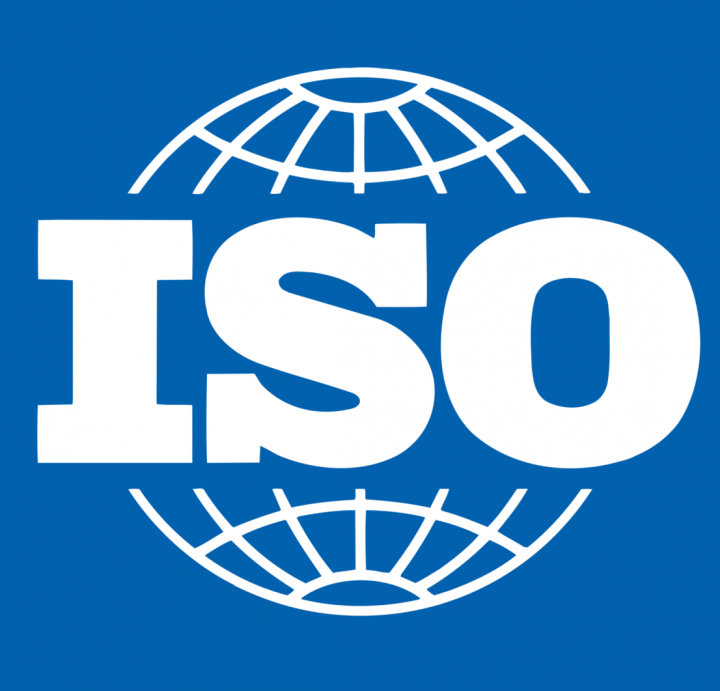
ISO 56002:2019
Innovation management — Innovation management system — Guidance




